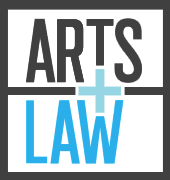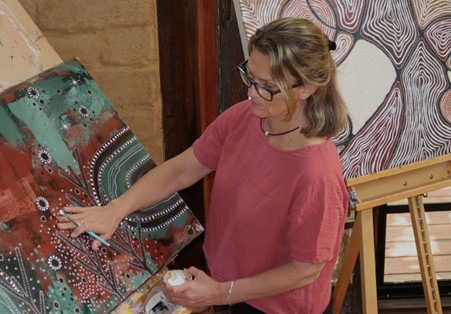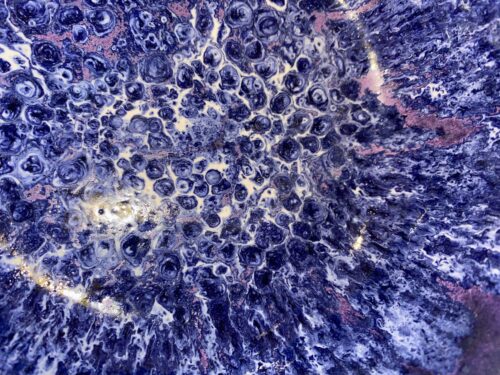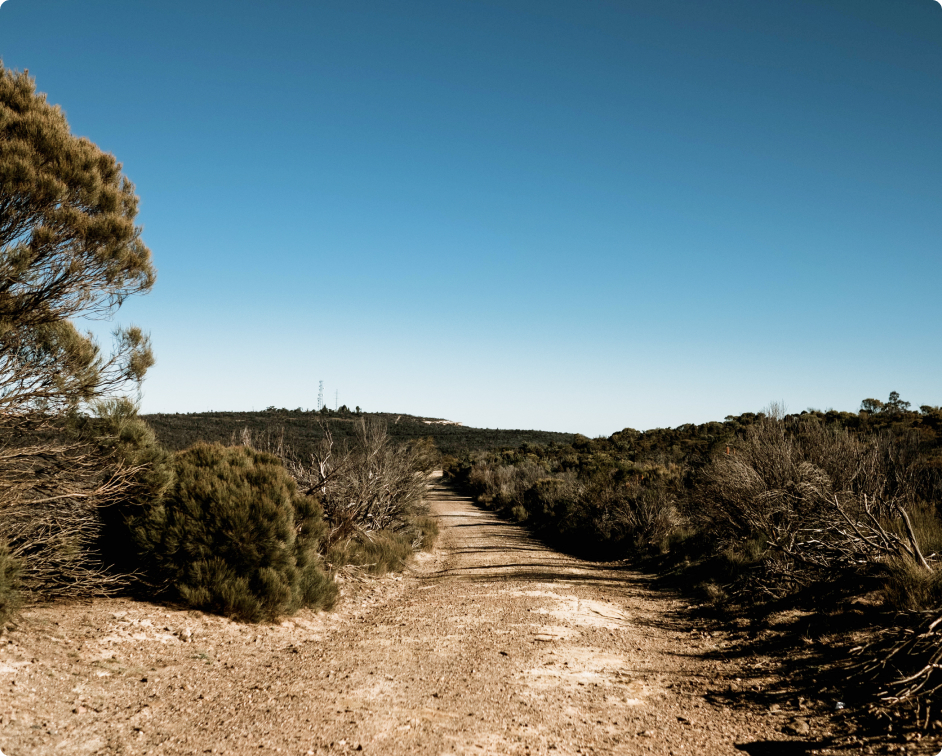Resale Royalty Right for Visual Artists
What is the “Resale Royalty Right”?
In Australia, Copyright Agency administers what’s known as the artists’ resale royalty scheme, or Resale Royalty Rights Scheme for visual artists in Australia. Other countries also have resale royalty rights provisions (often called droit de suite) This means that visual artists may have the right to a resale royalty if their artwork is resold to someone else. Visual artists are entitled to a 5% royalty payment on secondary sales of their work through an art market professional for more than $1,000. For example, if your work is resold by an auction house for $2,000 you would receive a royalty of $100.
What type of artwork attracts the resale royalty?
The resale royalty applies to original works of visual art created by a single artist or by artists working together. It applies to different types of visual art including paintings, photographs, prints, sculptures, weaving, artists’ books, video artworks, textile artworks, drawings, engravings, fine art jewellery, glassware, carvings, ceramics, digital and multimedia artworks.
It does not apply to mass produced items (such as posters or souvenirs), buildings, architectural plans, circuit layouts or manuscripts.
It does not apply to artworks if the artist has been dead for more than 70 years. If an artist has been dead for less than 70 years their children or beneficiaries may be entitled to receive resale royalties.
When am I entitled to a resale royalty?
The royalty will be payable if the sale:
- Was after 9 June 2010
- Is a “commercial resale” A commercial resale is when the work is exchanged for money, is not the first transfer or ownership and involves an art market professional.
- Is the second transfer of ownership after 9 June 2010
- Is for a sale price of at least $1,000 (including GST).
What is a commercial resale?
A commercial resale means:
- The artwork is sold for money.
It cannot be a gift, donation or exchange for goods or services. - It is not the first transfer of ownership.
It involves an art market professional.
The first transfer of ownership might be the original sale by the artist to the first buyer, or the artist’s gift of his or her work to a friend or relative, or through inheritance from the artist’s estate.
Art market professionals can be auctioneers, owners or operators of a museum or gallery, art dealers or another person otherwise involved in the business of dealing in artworks. For example, if an artwork is sold privately by one collector to another, no art market professional is involved so the sale is not a commercial resale. A sale on eBay or another online auction site may or may not be a commercial resale, depending on whether an art market professional is the buyer or seller.
What does the second transfer of ownership mean?
For artworks created after 8 June 2010, the royalty will be payable on the first commercial resale which occurs.
Example: A work is sold by the artist through a dealer to a collector. This is the first transfer of ownership. It is then “resold” at auction. The sale at auction is a commercial resale (because it involves an art market professional) and is the second transfer of ownership. The artist receives a resale royalty on the auction sale.
But if the first buyer did not sell the work at auction but instead donated the artwork to a museum or gifted it to his daughter, no royalty would be payable. This is because the second transfer of ownership is not a commercial resale.
Who is entitled to receive the resale royalty?
The royalty is paid to the artist or, if the artist has passed away, the artist’s beneficiaries. These are the people who inherit the artist’s property, either as part of the artist’s will or, if there is no will, according to the State laws of intestacy. The royalty is paid even if the copyright in the artwork is no longer held by the artist.
The residency test
The artist must meet a residency test at the time of the commercial resale to receive a royalty. The residency test means that the artist is:
- An Australian citizen or permanent resident.
- A citizen of a country which also has resale royalty legislation and has a reciprocal arrangement with Australia. Australia has reciprocal arrangements with 17 other countries that have resale royalty schemes. [See here and here].
If the artist has passed away, the artist’s beneficiaries are entitled to the royalty if:
- The artist satisfied the residency test immediately before his or her death.
- The beneficiary also satisfies the residency test.
- The beneficiary is entitled to receive the royalty either under a will or through the laws of intestacy;
For example, an artist was an Australian citizen who passed away in Melbourne and her three children are entitled to share her estate. One lives in Queensland, one has moved to Mexico and taken Mexican citizenship, and one has since passed away leaving everything to a Sydney charity. The child who has become a Mexican citizen will not be entitled to a royalty because Australia does not have a reciprocal royalty arrangement with Mexico. The child living in Queensland and the Sydney charity are both entitled to claim the royalty.
Works created by more than one artist
If an artwork was created by more than one artist, the right to a resale royalty is held by:
- Each artist who is living at the time of the commercial resale and who satisfies the residency test.
- The beneficiaries of any artist who satisfied the residency test at the time of death if the beneficiary also satisfies the residency test.
Each artist in the collaboration is entitled to an equal share of the resale royalty. This can be changed if all artists agree to different shares in the resale royalty. You cannot sell, assign or transfer their entitlement to resale royalty to any person except an artistic co-creator. For example, a company who commissions a work would not be eligible to share in resale royalties.
For how long will the resale royalty be paid?
The resale royalty right continues to apply to all eligible commercial resales until 70 years after the artist’s death.
If there is more than one artist of the artwork, then the proportion of the resale royalty right held by that artist continues to apply to all eligible commercial resales until the end of 70 years after that artist dies.
Who must pay the resale royalty?
Generally, the seller, the buyer and the art market professional involved in a commercial resale of an artwork are jointly liable to pay the royalty.
How can I receive my resale royalty?
Copyright Agency is the collecting agency responsible for collecting resale royalties and distributing them to artists.
Copyright Agency’s obligations include:
- Publishing information about commercial resales of artwork on its website.
- Collecting resale royalties from sales.
- Distributing resale royalties to artists.
Copyright Agency will charge 10% of the sale price to cover its costs.
To receive your resale royalty payments, you should register your details with Copyright Agency.
If you do not want Copyright Agency to collect the resale royalty for a particular artwork resale you must notify them in writing within 21 days of the publication on Copyright Agency’s website of the details of that resale. You can then choose to recover the resale royalty directly from the buyer, seller or art market professional. You can only do this if you are the artist or a beneficiary of the artist whose work is sold.
As mentioned, Australia has reciprocal arrangements with other countries, such as the UK, France and Germany. This will allow the collection and distribution to Australian artists of resale royalties for secondary sales which occur in those countries, and the payment to overseas artists of royalties for sales of their artwork in Australia.
What obligations do art market professionals and sellers of artwork have?
Art market professionals and sellers are required to send Copyright Agency information about every commercial resale.
That information must be in writing and must be provided within 90 days of the date of the commercial resale. It must include enough information for Copyright Agency to calculate the resale royalty payable and identify who is liable to pay it. Generally, the seller, the buyer and the art market professional involved in a commercial resale of an artwork are jointly liable to pay the royalty.
For further information
For more information visit Copyright Agency’s website or contact Copyright Agency by telephone 1800 066 844 or email.
Copyright Agency publishes the following information sheets:
- Artists’ resale royalty right: information for artists
- Artists’ resale royalty right: information for art market professionals
- Artists’ resale royalty right: information for buyers and sellers
- Artists’ resale royalty right: art trade checklist
The Australian Copyright Council also publishes an information sheet entitled Artists: Resale Royalty. For more information, visit www.copyright.org.au.
© Arts Law Centre of Australia 2010, last reviewed 2025
Disclaimer
The information in this information sheet is general. It does not constitute, and should be not relied on as, legal advice. The Arts Law Centre of Australia (Arts Law) recommends seeking advice from a qualified lawyer on the legal issues affecting you before acting on any legal matter.
While Arts Law tries to ensure that the content of this information sheet is accurate, adequate or complete, it does not represent or warrant its accuracy, adequacy or completeness. Arts Law is not responsible for any loss suffered as a result of or in relation to the use of this information sheet. To the extent permitted by law, Arts Law excludes any liability, including any liability for negligence, for any loss, including indirect or consequential damages arising from or in relation to the use of this information sheet.
© Arts Law Centre of Australia
You may photocopy this information sheet for a non-profit purpose, provided you copy all of it, and you do not alter it in any way. Check you have the most recent version by contacting us on (02) 9356 2566 or tollfree outside Sydney on 1800 221 457.
The Arts Law Centre of Australia has been assisted by the Commonwealth Government through the Australia Council, its arts funding and advisory body.




